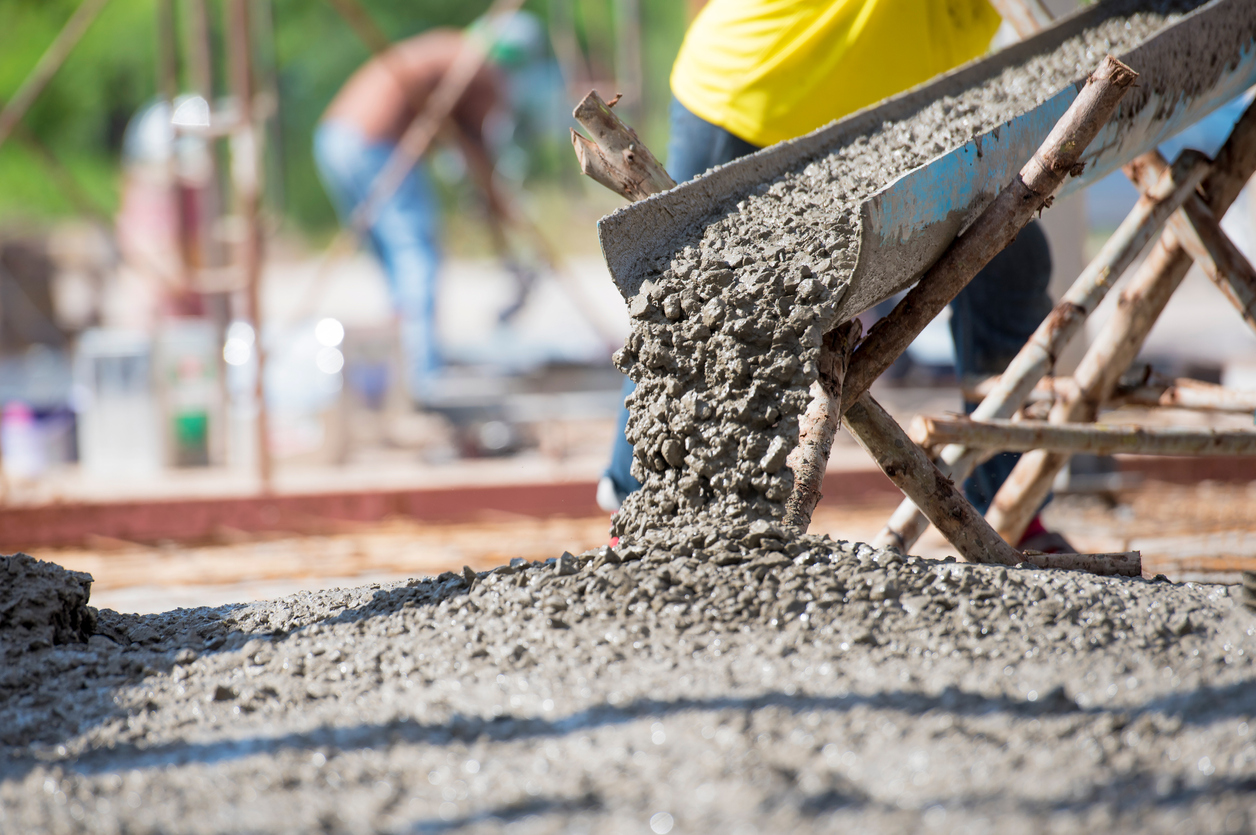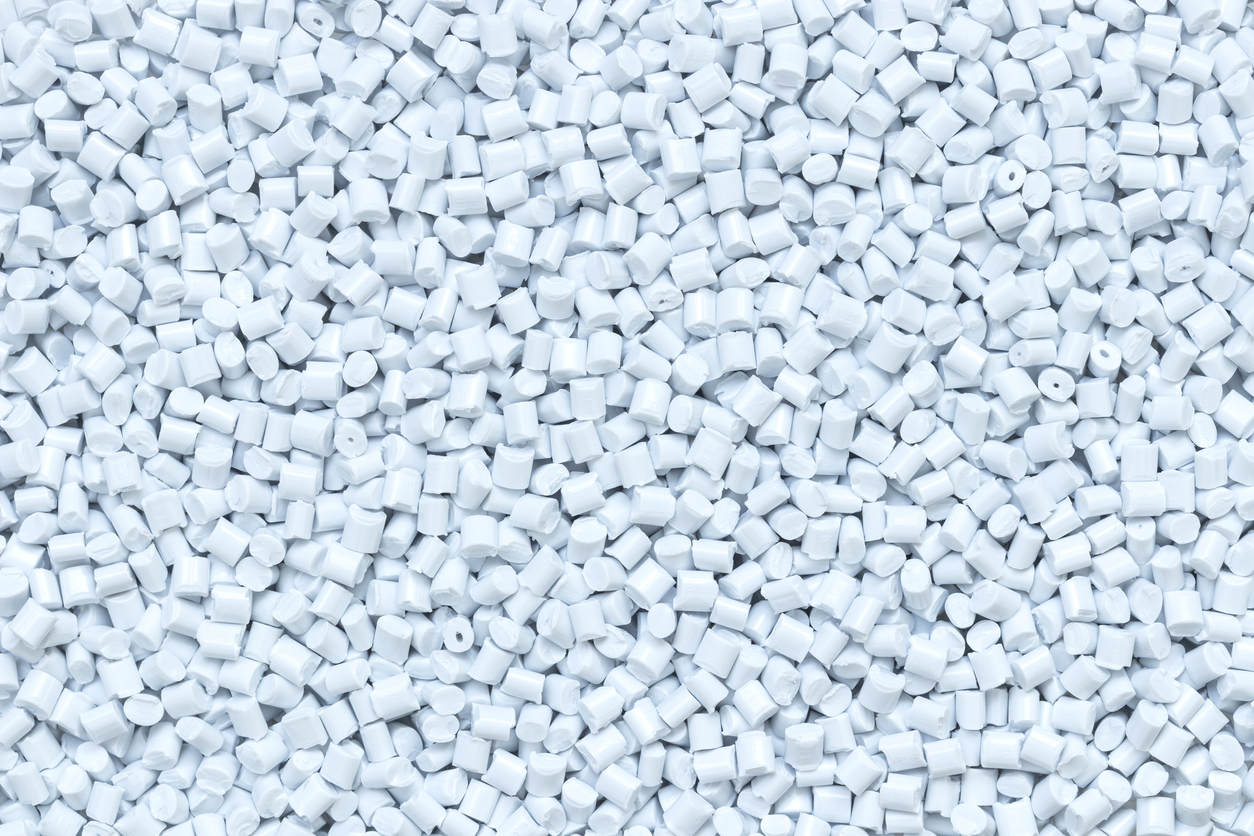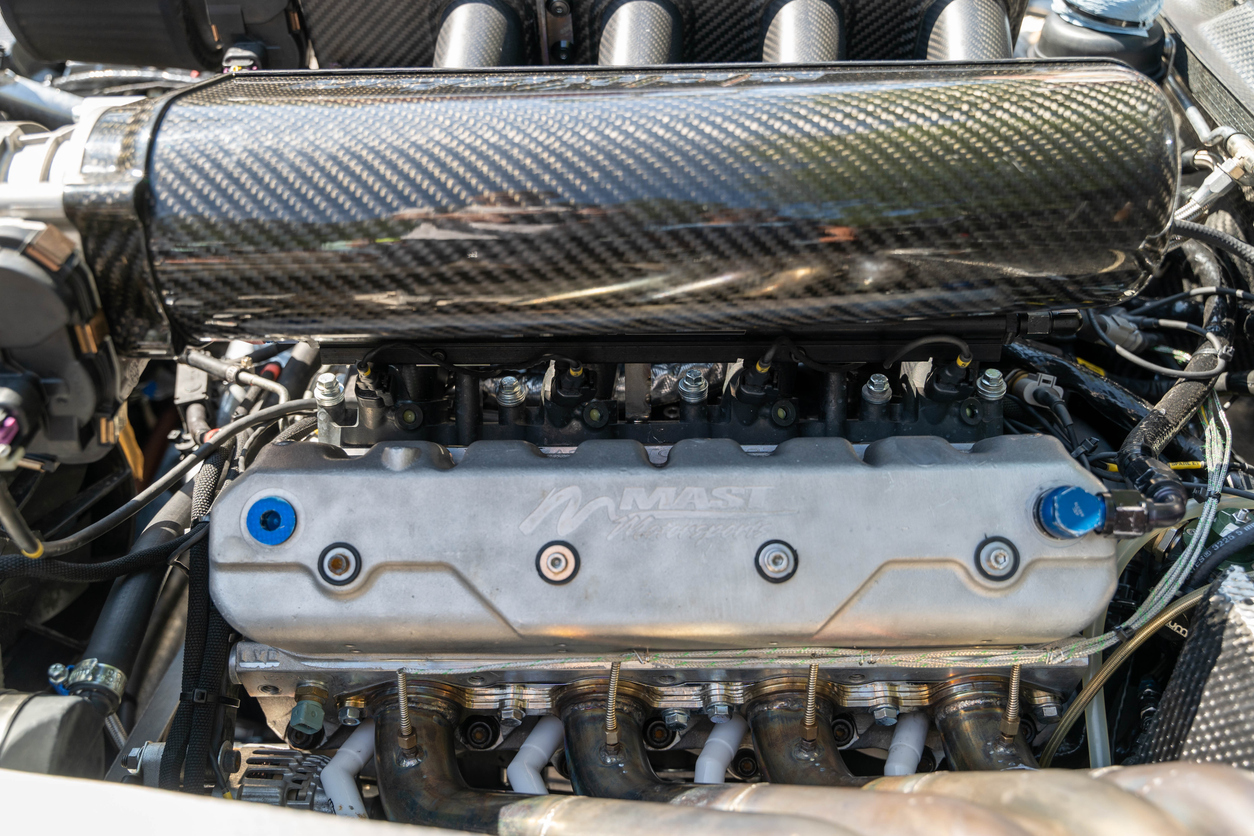What Is the Difference Between Grey Cement and White Cement?
What Is the Difference Between Grey Cement and White Cement?
When it comes to cement, you might be wondering what exactly is the difference between grey cement and white cement. Both are types of Portland cement, but that’s just about where the similarities stop. Let’s take a look at how these two cements differ from one another in important ways: White cement has little to no pigment in it; it doesn’t have any coloring at all. On the other hand, grey cement does have pigment in it. It has a dark yellowish tint to it because of this pigment. It’s usually used for things like road construction and repair projects because of its neutral color and ability to hold up against UV rays, chemicals, and moisture.
How Are Grey Cement and White Cement Made?
The process for making grey and white cement is fairly similar. Both are made from limestone and clay, which are heated to produce a kind of slag. The slag is then transported to a cement plant where it is blended with other ingredients and heated once again, this time up to about 2,500 degrees Fahrenheit. When the cement cools down, it is ready for use. The main difference between the production of grey and white cement lies in the ingredients. Grey cement has a carbonate mineral called FeO in its recipe. White cement has calcium oxide, or lime, in its recipe. This difference in ingredients is what leads to the difference in the appearance and properties of the two cements.
Limestone, Clay and Mixing
The process begins with the limestone and clay. The limestone is fired at a high temperature to remove any impurities, and the clay is then sifted to remove any large particles. The two are then blended to create the correct consistency for mixing. The blended limestone and clay are treated with chemicals to prevent caking before they are mixed with water and other additives. Next, the blended ingredients are mixed with water, steam, and a chemical called a retarder. The retarder controls the setting time of the resulting cement so that the cement is ready for use when the construction project calls for it. The cement mixture is constantly agitated during the mixing process to ensure that it is thoroughly blended. After about 20 minutes, the cement is ready for use.
Differences in Composition
As we’ve seen, the main difference between grey and white cement lies in their composition. Grey cement contains a carbonate mineral called FeO, while white cement contains lime. – Grey cement’s pigment comes from FeO. This is why grey cement has a dark yellowish tint when it is mixed with water. – White cement has no pigment. When it is mixed with water, it has a white color. This is because white cement doesn’t have any coloring agents in its recipe. – Grey cement has a higher calcium content than white cement. This affects its setting and strength. Grey cement takes longer to set, and it has a higher compressive strength than white cement. – White cement is more alkaline than grey cement. This means that white cement has a higher pH than grey cement. White cement also has a higher water requirement than grey cement, so it is more water-intensive to produce.
Differences in Uses
Aside from the difference in their appearance and composition, grey cement and white cement also differ in their uses. White cement is mainly used for construction projects, such as concrete foundations and sidewalks. It is also used for making mortar and concrete mixes. White cement is a cheaper alternative to grey cement and works well when longevity isn’t a priority. These projects aren’t exposed to as much wear and tear as projects made with grey cement. Grey cement is used in road construction projects, such as the pouring of highways and concrete-paved roads. Many countries use grey cement for large construction projects because it has a neutral colour. This means that the cement can blend in with the surrounding environment.
Key Takeaway
When you hear someone mention grey cement, you can be sure that they’re talking about Portland cement that has a dark yellowish tint. White cement has a white colour when it is mixed with water because it has no pigment in it. White and grey cement are both types of Portland cement, but they are made with different ingredients and have different compositions. Grey cement has a higher calcium content than white cement, and it also takes longer to set and has a higher compressive strength. White cement is mainly used for construction projects, including concrete foundations, sidewalks, and concrete-paved roads. Grey cement is used in road construction projects because it has a neutral colour and can blend in with the surrounding environment.








LEAVE A COMMENT
You must be logged in to post a comment.